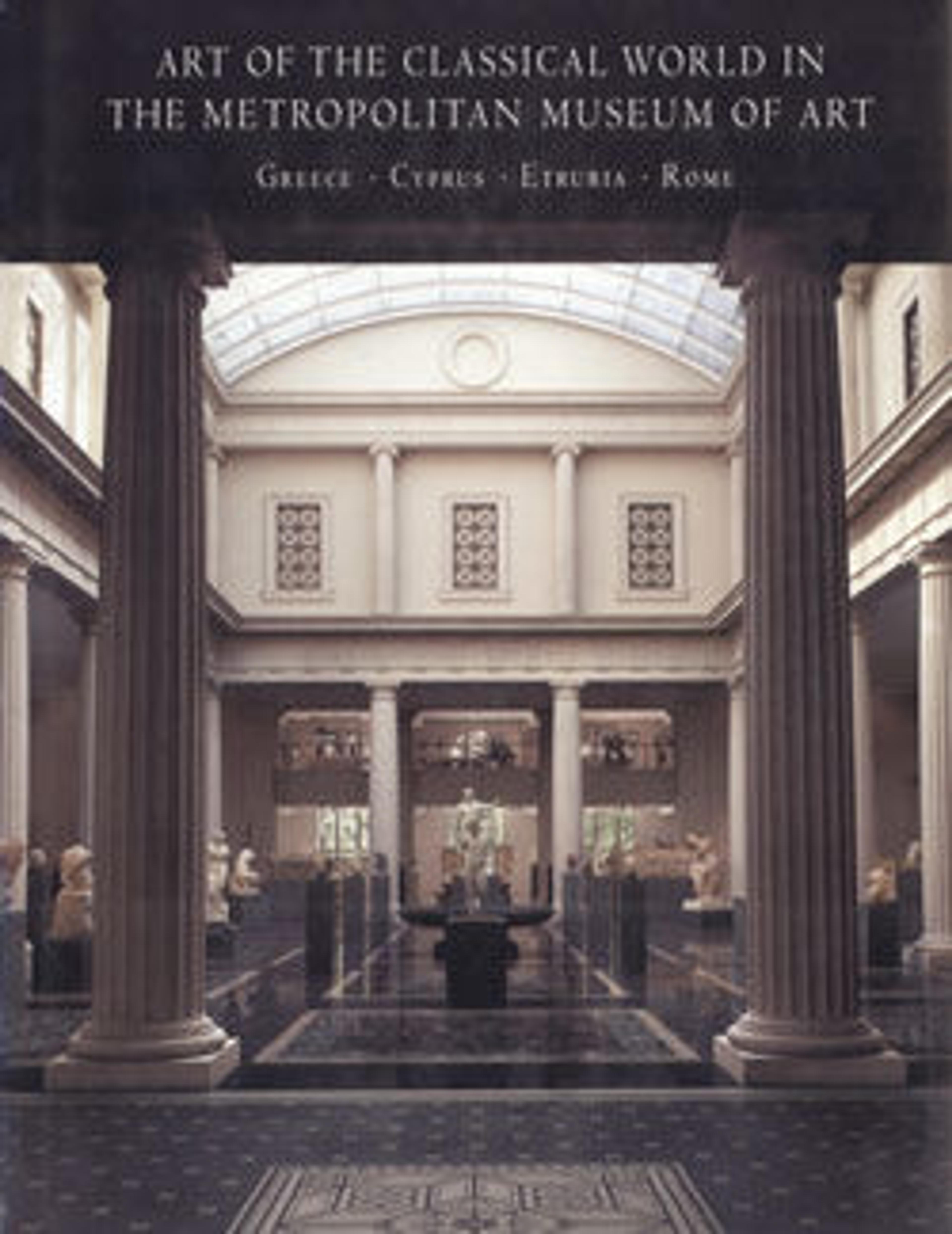Marble funerary statues of a maiden and a little girl
Toward the end of the fourth century B.C., Attic grave monuments became increasingly elaborate. Freestanding figures such as these were often placed within a shallow, roofed, marble structure that was open at the front. The older girl shown here must have died in her teens, before marriage, for she wears her mantle pinned at the shoulders and hanging down her back. This distinctive manner of dress was apparently reserved for young virgins who had the honor of leading processions to sacrifice, while carrying a basket containing barley, fillets, and the sacrificial knife. Being a kanephoros (basket bearer) was the highest honor possible for a maiden in the years just preceding marriage, and this girl is represented wearing the festival dress.
Artwork Details
- Title:Marble funerary statues of a maiden and a little girl
- Period:Late Classical
- Date:ca. 320 BCE
- Culture:Greek, Attic
- Medium:Marble, Pentelic
- Dimensions:H. of woman 56 7/8 in. (144.5 cm)
H. of girl 40 9/16 in. (103 cm) - Classification:Stone Sculpture
- Credit Line:Rogers Fund, 1944
- Object Number:44.11.2, .3
- Curatorial Department: Greek and Roman Art
Audio
1058. Marble funerary statues of a maiden and a little girl
0:00
0:00
We're sorry, the transcript for this audio track is not available at this time. Please email info@metmuseum.org to request a transcript for this track.
More Artwork
Research Resources
The Met provides unparalleled resources for research and welcomes an international community of students and scholars. The Met's Open Access API is where creators and researchers can connect to the The Met collection. Open Access data and public domain images are available for unrestricted commercial and noncommercial use without permission or fee.
To request images under copyright and other restrictions, please use this Image Request form.
Feedback
We continue to research and examine historical and cultural context for objects in The Met collection. If you have comments or questions about this object record, please contact us using the form below. The Museum looks forward to receiving your comments.
